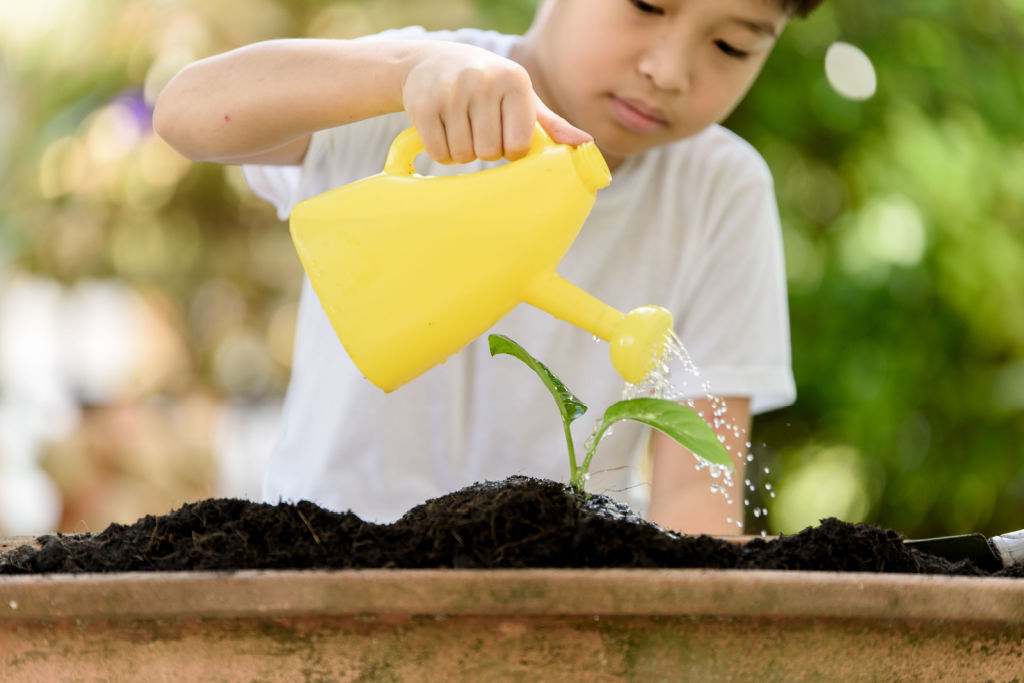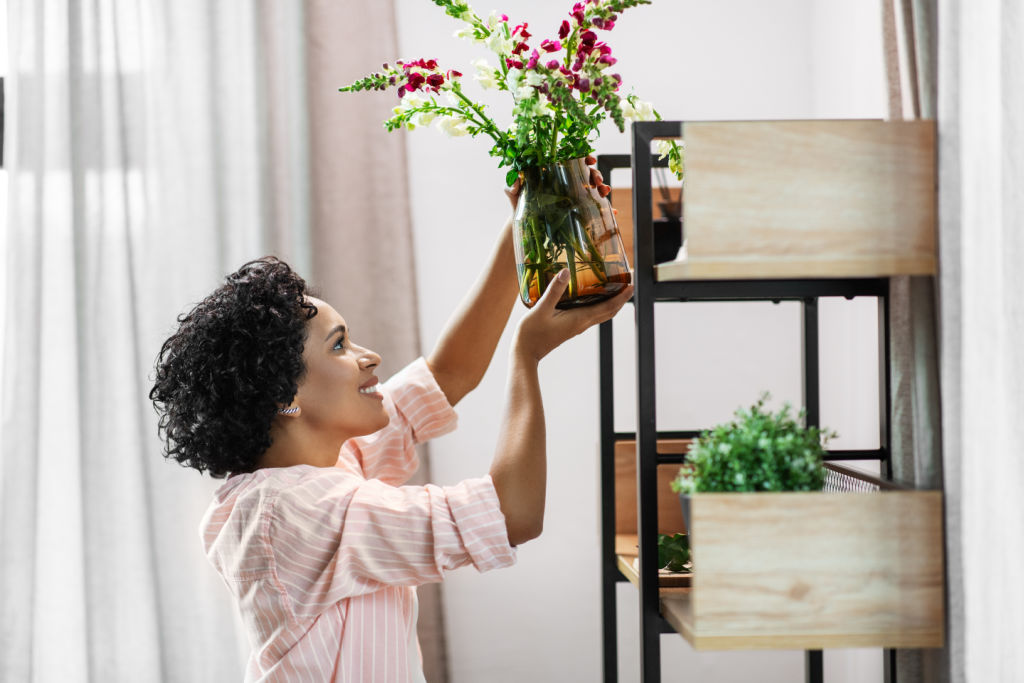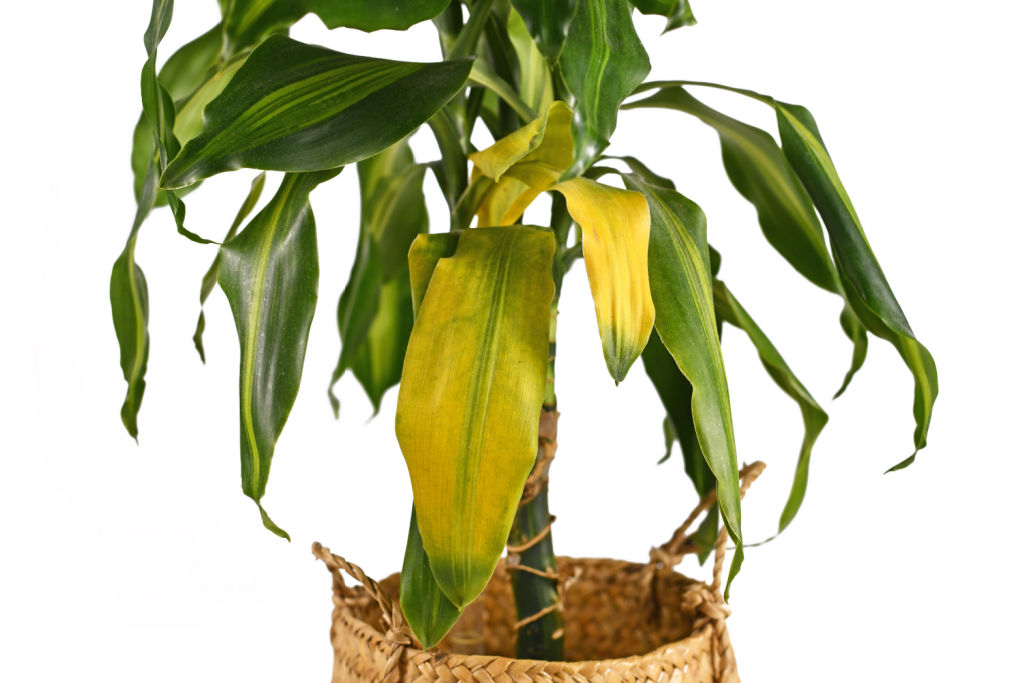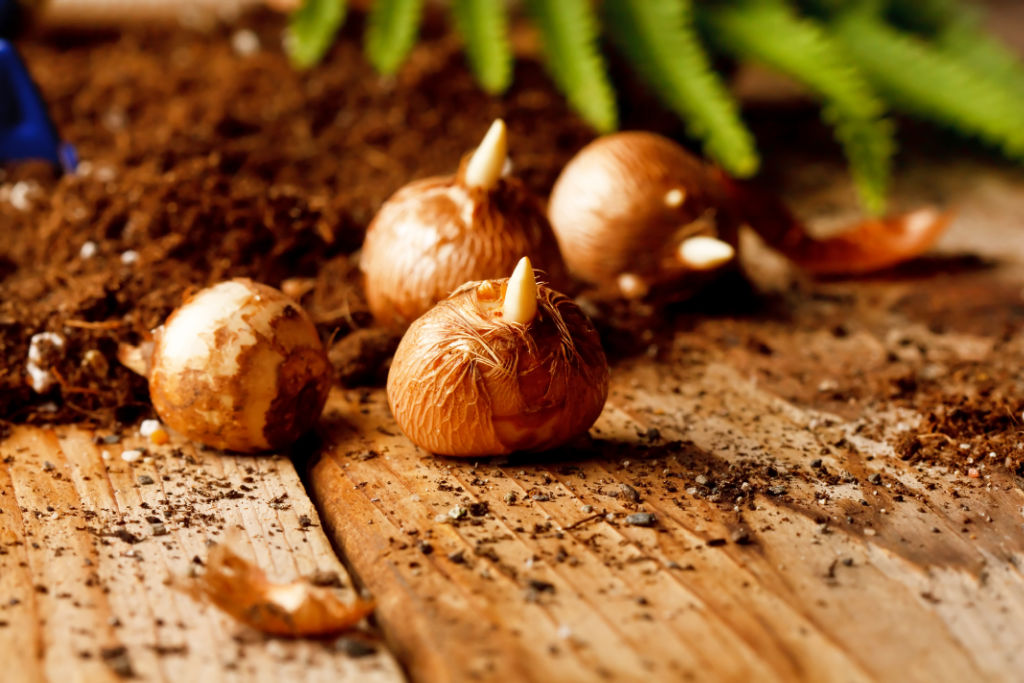If you’re wondering how to take care of plants in winter, here are some tips: Protect potted plants from freezing, water plants with warm water, and rotate indoor plants. You should also avoid overwatering your plants. Keep these tips in mind to ensure a happy, healthy plant all winter.
Protecting potted plants from freezing
In the winter, your potted plants are more vulnerable to the cold and need protection. By watering them regularly, they are less susceptible to damage from freezing temperatures. If possible, move them into a garage, porch, or outbuilding where they won’t be exposed to the elements. You can also insulate them by covering them with burlap, leaves, or straw. Plants should be brought indoors if temperatures drop below freezing.

Protecting potted plants from freezing in winter can be difficult, but the process is not impossible. First, you should make sure that the pots are not exposed to cold drafts. Also, ensure that they are well-drained. The soil around the pot should be kept moist and free of weeds. Make sure to check the roots regularly, since they can be prone to disease and pests.
Watering plants with warm water
In the winter, you may have to water your plants more often, but there are a few things you can do to help your plants survive. For starters, avoid using hot water on your plants, because it can burn their roots and ruin their growth. Use cool or medium-warm water for your plants. This will keep your plants healthy and happy throughout the winter.

Watering plants outdoors is best done early in the morning, when the soil is cool and has the best chance of penetrating the roots. If you water in the afternoon or at night, the water may evaporate before reaching the roots. This way, watering early in the day helps the plants retain moisture, which helps them endure the heat of the day.
Rotating indoor plants
Rotating indoor plants in winter is an important practice for indoor gardeners. It helps plants grow evenly and maintain their attractive shapes. It also provides a good opportunity to add additional cushioning under the plant. A cork mat, an old piece of tile, or slate can be used for this purpose. Fortunately, these materials are often recyclable once they are no longer needed.

Plants need consistent temperatures to thrive in winter. This means avoiding large temperature fluctuations that could kill a plant. Plants should be moved away from open windows, radiators, and ovens. This way, they can get a steady temperature that will not cause them stress or die.
Avoiding overwatering
When taking care of plants in winter, it is very important to avoid overwatering them. Overwatering plants is the number one reason they die in winter. Depending on the type of plant, it may be difficult to determine when a plant needs water. However, there are a few signs you should look out for to ensure that your plants stay healthy and happy all winter long.

If you leave home for the day, don’t forget to water your plants. This is especially important if you have new plants, as they may need more water than they would if they had been in the same container for a few months. If possible, use lava rocks, wood chips, or damp newspaper to keep the soil moist. The soil will remain damp for a longer period of time this way.
Avoiding spider mites
While spider mites aren’t harmful to humans, they can seriously damage your houseplants. They are often invisible, but you can spot them by looking for dusty leaves or drier-looking leaves. They can also be identified by their fine webbing.

Spider mites are tiny insects that feed on plant leaves. They can cause leaf discolouration, yellowing, and weakening. They are tiny, oval-shaped, and resemble ticks. Their adult size is less than 1/50 of an inch. They also spin fine webs, which can be seen with a magnifying glass.
Protecting flowering bulbs
Flowering bulbs can be vulnerable to frost, so protecting them from this can be crucial. If you have a garden that experiences yo-yo weather, you may want to consider mulching your flowering bulbs in the fall. This will keep the soil temperature consistent and help protect the early shoots.

In general, frost can damage hardy bulbs, so be sure to plant them as early as possible. In addition, be sure to cover them with a layer of material that is a foot thick. It can also help to place them in a protected area in the yard.




